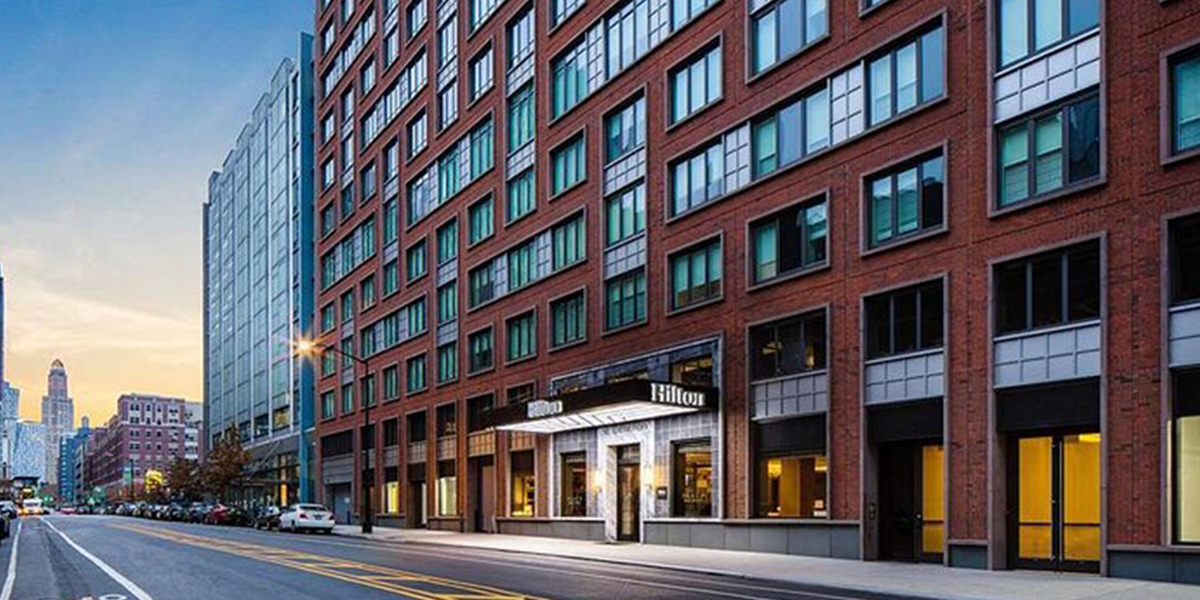Hotel Investment Today talked to Ohana Real Estate Investors President Franco Famularo about the company’s strategy and what it thinks of the credit market in 2024.
AUSTIN, Texas – When asked about ADR and RevPAR expectations for the properties his company invests in, Franco Famularo, recently promoted to president of Austin-based Ohana Real Estate Investors, said he would rather keep two other numbers in mind.
“One of the things that we’ve always focused on, and it’s probably our number-one focus, is net operating income and cash flow, which I think has garnered a lot deeper appreciation in this high interest-rate environment,” Famularo said. “People greatly appreciate cash flow again, and maybe speak less in terms of ADR and RevPAR and things like that.”
Famularo is also the chief investment officer for Ohana, which he joined in 2015. While the company’s headquarters is in Austin, he and most of the investment and asset management team sit in its Redwood City, California, office.
Ohana Real Estate Investors owns about 12 hotels and resorts in the U.S., primarily in the “SMILE” pattern (East and West Coast and the Sunbelt). For the most part, Ohana owns 100% of its properties.
Famularo said the company wants to double its portfolio size between hospitality and residential properties over the next three years.

Ohana acquired the 196-key Hilton Brooklyn New York for $110 million in December.
‘Interesting’ credit market
Ohana also has an active credit portfolio and makes loans for hotel and other real estate projects, which runs the full spectrum from college student housing, multifamily, for-sale residential, and senior private-pay living.
At one point, Famularo said the portfolio mix leaned 70-30 toward hospitality. But he said the mix is now closer to 50-50, at least on the credit side.
Famularo said that Ohana was weighted more toward sunshine leisure destinations (think resorts) before the pandemic and immediately after. However, beginning in the summer of 2021, the company began to pivot more toward urban markets. He said the company’s pendulum will return to sunshine leisure as that market normalizes.
On the credit side, Ohana can speak for the entire “whole” loan or partner with other lenders for the secondary or mezzanine loan.
Not long ago, Ohana didn’t find the credit market that interesting.
“Credit wasn’t that attractive… There wasn’t much of it in the first year of the pandemic,” Famularo said. “Then it wasn’t that attractive once everybody got vaccinated and the party started. But with the Fed increasing base rates throughout 2022 and sentiment souring, that started to shift.”
Famularo said that the shift changed the company’s interest.
“In the first half of 2023, credit, in our opinion, was academically interesting, but there weren’t a lot of opportunities,” he said. “In the summer of 2023, credit shifted for us from being academically interesting to being actually interesting because we started to see people willing to transact, which was on the equity side as well. So, credit has become more interesting, and we’ve seen much more opportunity.”
But Famularo said the hospitality credit market has also become interesting for others.
“We’ve seen a lot of what we would describe as generalist lenders – lenders that invest across several property sectors and don’t have internal hospitality expertise. As offices become, basically, a no-go for them, they’ve started to look for other destinations for their capital,” he said. “We’re seeing some of them flow into the hotel space. They focus on very specific profiles of assets, and part of our goal is just to be aware of how they think about the lending space and try to find inefficiencies that they might overlook.”
Bias toward new real estate
Famularo said Ohana has a type of real estate asset it is looking for, hospitality included.
“We have a bias towards newer real estate, and we think this is a market environment where we can gain exposure through our credit and lending activities, or our acquisition activities, and gain exposure to recently built, high-quality real estate at an attractive valuation,” he said.
“We have been weighted towards urban and infill properties over the last 24 months because capital markets were still fairly bearish on many of those urban areas, and performance data was starting to show attractive gains.”
Famularo said Ohana has also noticed a disconnect in the market with full-service hotel properties.
“There’s been a duality or disconnect with the full-service hotel market since the pandemic, where leisure performed extraordinarily well over the first couple of years, and urban was still struggling to ramp up,” he said. “Then the tables, really throughout 2023, started to shift… But urban continued to grow and recover, and cash flow has continued to grow. Whereas leisure started to pull back, and you started to see, depending on the market, notable declines and deceleration or negative growth in many of those leisure markets as they reset.”
While Famularo said Ohana is still focused on urban markets, he can see that shifting as leisure performance normalizes.
